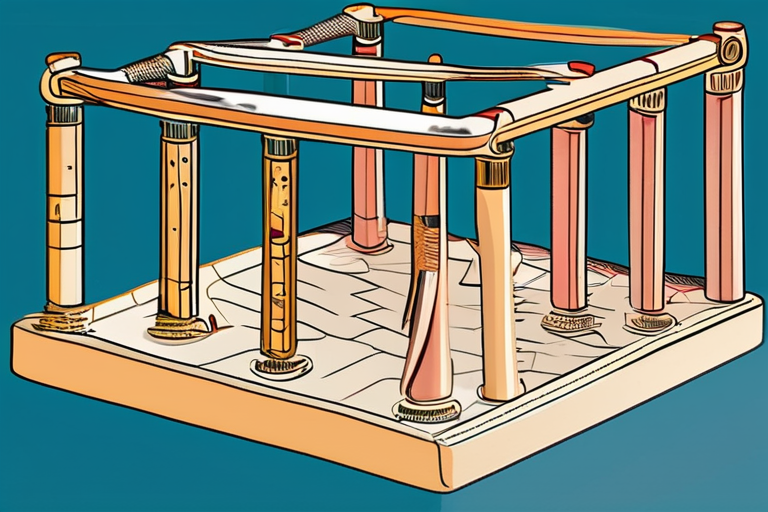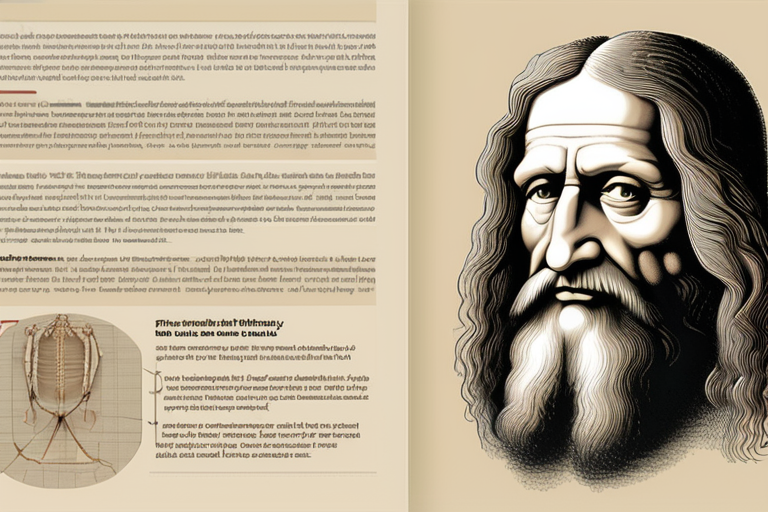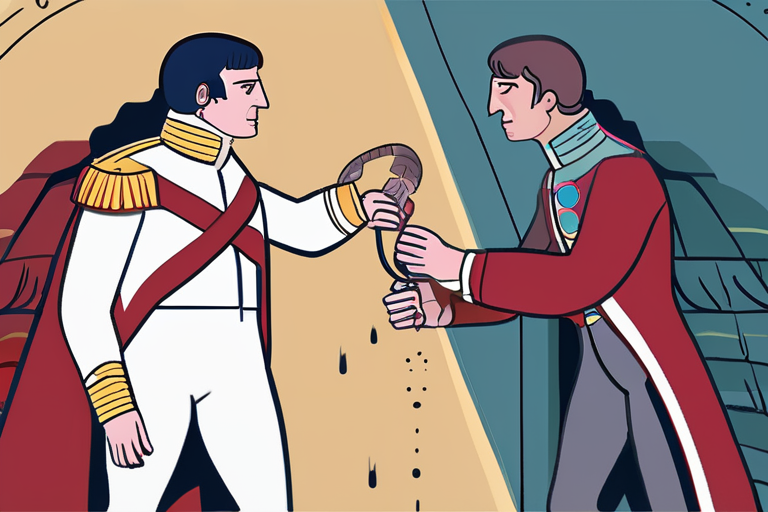A team of researchers from Eötvös Loránd University has successfully identified the remains of Duke Béla of Macsó, a 13th-century Hungarian nobleman who was brutally assassinated in 1272. The discovery was made possible through a combination of genetic, isotopic, and forensic analysis of a skeleton found in a Dominican monastery on Margaret Island in Budapest.
According to Dr. Tamás Hajdu, the lead researcher on the project, the team used advanced DNA sequencing techniques to confirm the identity of the remains. "We were able to extract DNA from the skeleton and compare it to DNA samples from known relatives of Duke Béla," Dr. Hajdu explained. "The results were conclusive, and we were able to confirm that the skeleton belonged to the Duke."
The analysis also revealed that Duke Béla had Scandinavian-Rurik roots, which is significant given his ancestry. "The Rurik dynasty was a powerful force in Eastern Europe during the Middle Ages, and it's fascinating to see how Duke Béla's ancestry reflects this," said Dr. Hajdu.
The team's findings also shed light on the circumstances surrounding Duke Béla's death. "Our analysis suggests that he was killed in a coordinated attack, possibly by a group of people who were motivated by a desire for revenge or power," said Dr. Hajdu. "The fact that the attack was so violent and targeted suggests that there was a deep-seated conflict between Duke Béla and his killers."
The discovery of Duke Béla's remains is a significant milestone in the field of archaeology and forensic science. "This case study demonstrates the power of interdisciplinary research and the importance of combining different types of data to solve complex problems," said Dr. Hajdu.
The project was a collaboration between researchers from Eötvös Loránd University and other institutions around the world. "We were able to bring together experts from different fields to work on this project, and it's a testament to the power of international collaboration," said Dr. Hajdu.
The discovery of Duke Béla's remains has also sparked interest in the history of the Árpád and Rurik dynasties. "This finding provides a unique window into the lives of medieval nobles and the complex web of alliances and rivalries that existed during this time period," said Dr. Hajdu.
As for next steps, the team plans to continue analyzing the remains and gathering more information about Duke Béla's life and death. "We're excited to see what other secrets the skeleton may hold, and we're looking forward to continuing our research," said Dr. Hajdu.
The study was published in a recent issue of the journal Science, and it has generated significant interest in the scientific community. "This is a groundbreaking study that demonstrates the potential of interdisciplinary research to solve complex problems," said Dr. Hajdu.


























Share & Engage Share
Share this article